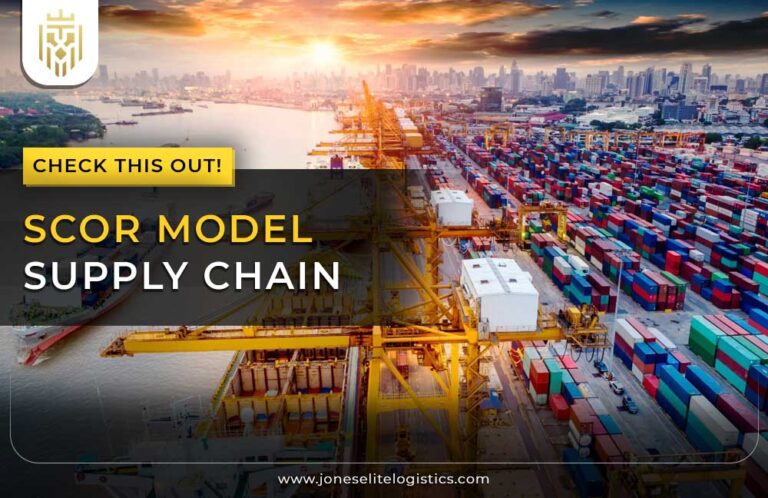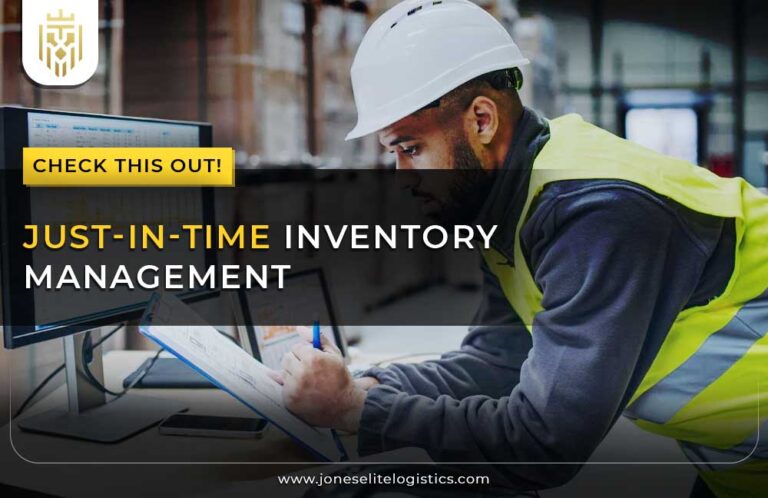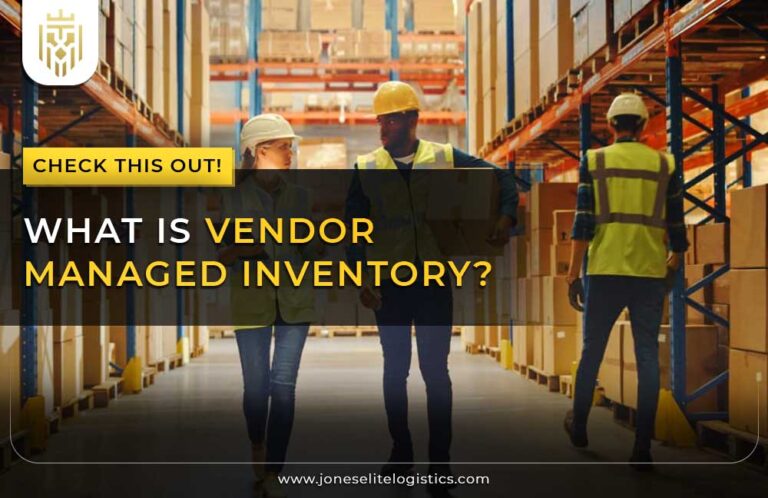Warehouse and its types:
Warehouses are an important facility for maintaining products as they act as a holding bay of the products before the final distribution is done to the consumers or sometimes other companies or organizations. They differ by use, ownership, and the kinds of items they transport, thus providing diverse and compatible solutions for particular demands of logistics.

What is Warehouse?
A warehouse is a large building structure that is designed to store various goods and merchandise. These can be employed by parties like manufacturers, importers, exporters, wholesalers, transport companies, and customs agencies. This logistics helps in storage and dealing with products to ensure that these are available in places and times of requirement.
A major warehousing hub is situated in Bhiwandi, near Mumbai, and is one of the biggest complexes in Asia. The city of Bhiwandi is known by a nickname of the “Warehouse Capital of India” because of the many large warehouses found here. This region has upgraded itself to a strategic hub for logistics networks and distribution channels, facilitating supply chains for various industries across India, and many large logistics outsourcing partners of the major world’s well-known cross-border E-commerce companies like Amazon and Flipkart, etc.
Overview of Types of Warehouses:
There are types of warehouses depending on the functions they serve, who owns them, and the kind of goods they contain. Knowledge about the different types enables organizations to select the most appropriate type of facility for their product so as to optimize the environments in which they are stored, as well as enhance distribution practices.
Bulk Storage Warehouse:
Bulk storage warehouses also known as general merchandise warehouses are used for storing large volumes of goods which can be raw materials or finished products. Such facilities are found frequently within industrial sectors such as agriculture, mining, and manufacturing where there is large capacity storage of products ranging from cereals, coal, or chemicals that are stored for further processing and or distribution.
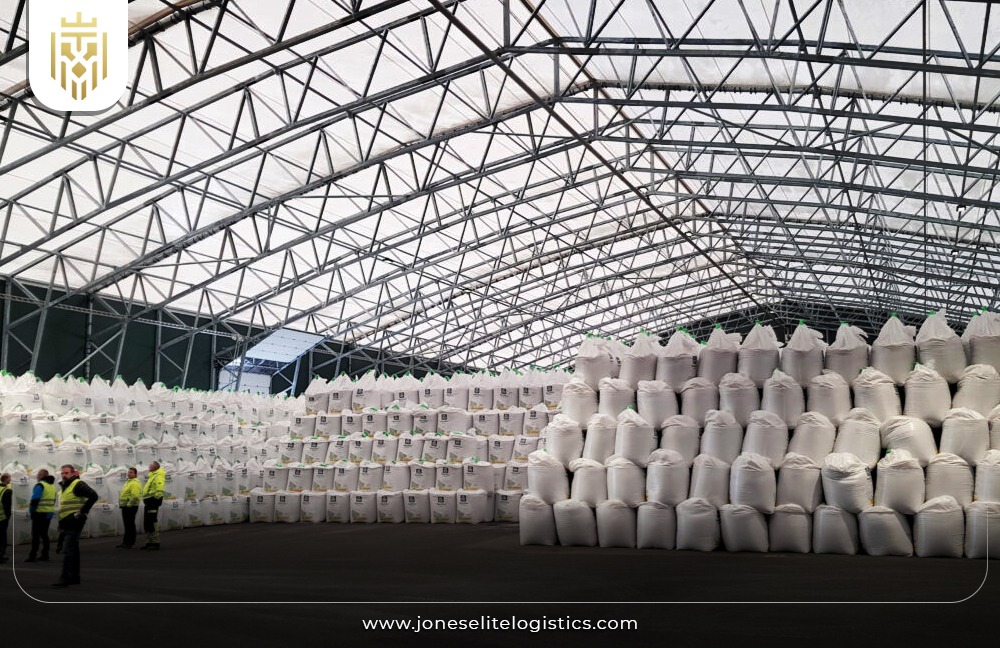
Private Warehouse:
Businesses or manufacturers possess private warehouses that are used for the storage of goods or stocks. These are normally employed in cases where a company requires a particular unit to store its own products. However, private warehouses are becoming more controlled for storing conditions and inventory which are capital-intensive and costly in terms of operation.

Public Warehouse:
Public warehouses can either be owned by the provider or are open to the general public and many companies. They are ideal for firms that do not require fixed storage space since they avail temporary structures for storage without occupying much space permanently. Public warehouses are another cheap means of operation since most functions like handling, storage, and transportation might be engaged.

Bonded Warehouse:
A bonded warehouse is a protected storage that imported products can be stored in without having to pay duties upon admission, but are only released for sales. Customs warehouses are controlled by customs and these are a number of warehouses where importers and exporters store their goods in order to delay payment of taxes and duties where valuable for so doing, and help expand trade.

Cold Storage Warehouse:
Cold storage warehouses are a type of structure built for the storing of perishable foods at managed temperatures. These buildings are especially important for companies dealing in perishable products like meat, dairy products, fruits and vegetables, and even pharmaceuticals where vaccines and some medication require certain temperatures for storage.

Co-operative Warehouse:
Co-operative warehouses are those that are being established by a set of businesses or people with the aim of having similar objectives. These warehouses allow members to access other members’ sheds and resources thus cutting down on expenses on storage and on the efficiency of transportation. Such warehouses are the common practices among small business ventures and among agriculture co-operatives to have economies of scale.

Distribution Centre:
Distribution centers are different from standard warehouses because their primary function lies in the quick transit of merchandise as opposed to storage for extended periods of time. They are typically sited in order to provide easy access to the goods to the retailers, wholesalers, or in some cases the consumers. The distribution centers are usually technological hubs with various facilities and infrastructure for purposeful tasks such as sorting, packing, and shipment.
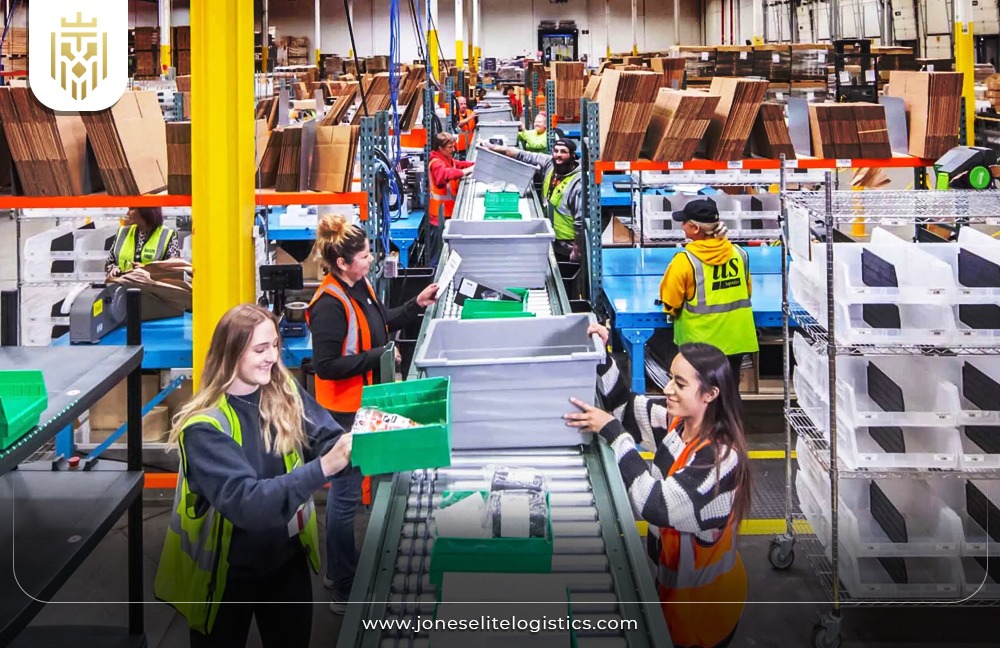
Fulfillment Centre:
A fulfillment center is basically a large storage space that contains goods from the online store with the main function of packing products and sending them to customers. These centers are responsible for stock management, picking and packing of all the products, and fixing of delivery preparing. Intended and implemented to optimize the order processing process for faster and more effective delivery they enhance customer satisfaction. Such depots mostly employ elaborate technologies and proper automation systems to address massive order processing.

On-Demand Warehouse:
An on-demand warehouse means any company can hire a space for the short term or get storage services that they require. Hence, such facilities can be hired depending on the demand being experienced by the company and thus form part of an easily expandable structure that can help in areas of cutting down costs. Especially useful when the opportunity arises to accommodate a seasonal increase in demand or a temporary overflow, on-demand warehouses do not involve long-term leases and allow for fast and easy access to extra storage space.
Climate Controlled Warehouse:
Climate-controlled warehouse refers to an environment, specifically, a temperature and humidity-controlled environment for goods that tend to be affected by changes in climate. Mainly used in stores such as pharmaceuticals, electronics, or foods, these warehouses provide needed solidity of the conditions for products. It has air conditioning and control equipment to ensure they are well controlled depending on the required environment.
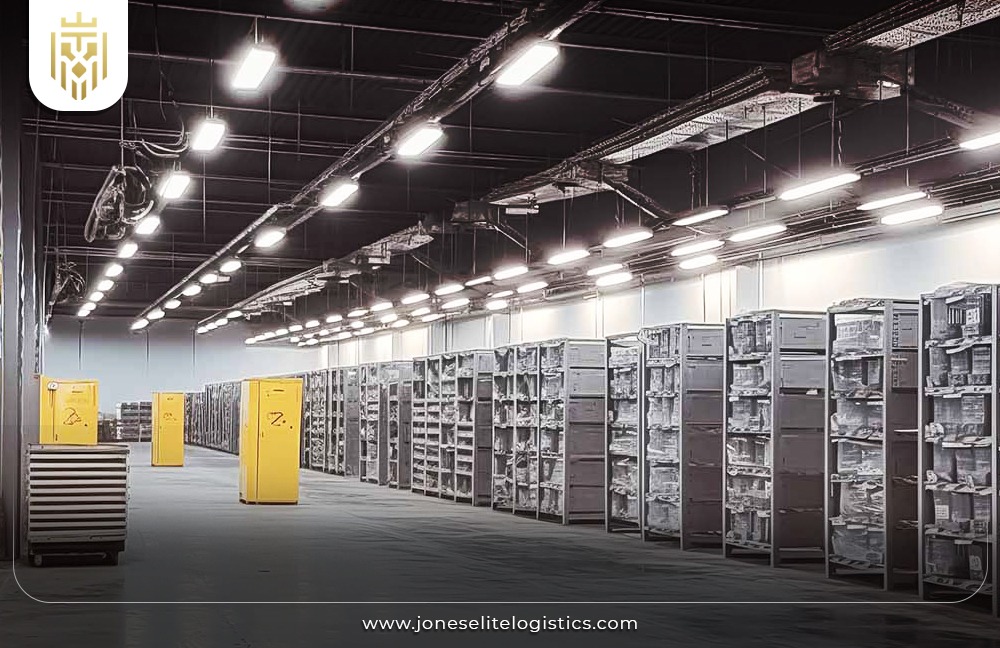
Hazmat Warehouse:
A hazmat warehouse is meant to meet the purpose of warehousing hazardous items, by providing enough safety measures. Although all these processes are governed by strict laws, these facilities avoid accidents, leaks, or contamination by incorporating certain features such as ventilation means, fire extinguishers, and spillage control. Hazmat warehouses are specialized facilities used for storing hazardous materials like chemicals, flammable liquids, and gases and conforming to safety standards.
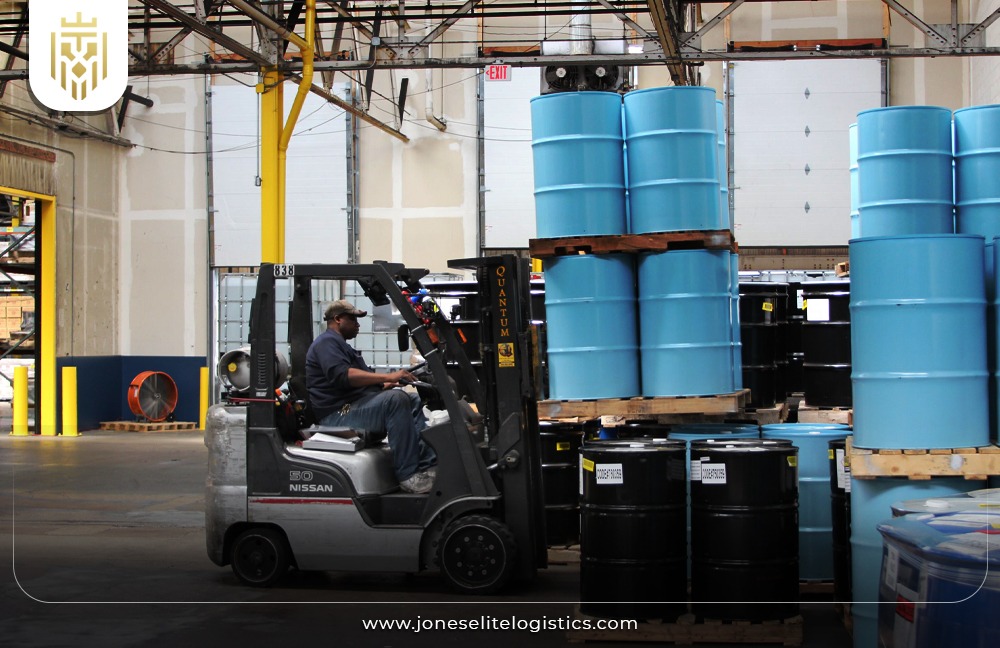
Contract Warehouse:
A contract warehouse is a kind of warehouse that works under a long-term contract with the client and performs general or specific services that are agreed upon beforehand. These types may have established and reasonable costs, controlled space, and well-defined services, such as packaging or distribution. They are perfect for companies with stable storage demands and provide a guaranteed logistics solution.
Duty Paid Warehouse:
A duty-paid warehouse is a warehouse to stores imported goods after customs duties and taxes have been paid on those goods. Included for goods that have been authorized for sale within the country, these warehouses help to deliver goods across the country using customs standards. Duty-paid warehouse involves the bonding of a warehouse where goods are deposited for consumption in the country they are bonded.
Cross Docking Warehouse:
A cross docking warehouse utilizes little storage of the received items and can transport them to the delivery vehicles directly. This increases availability, decreases handling and storage expenses, and the entire supply time is shortened. Most suitable for products that are perishable and small items for sale in a store, cross docking facilitates timely distribution.
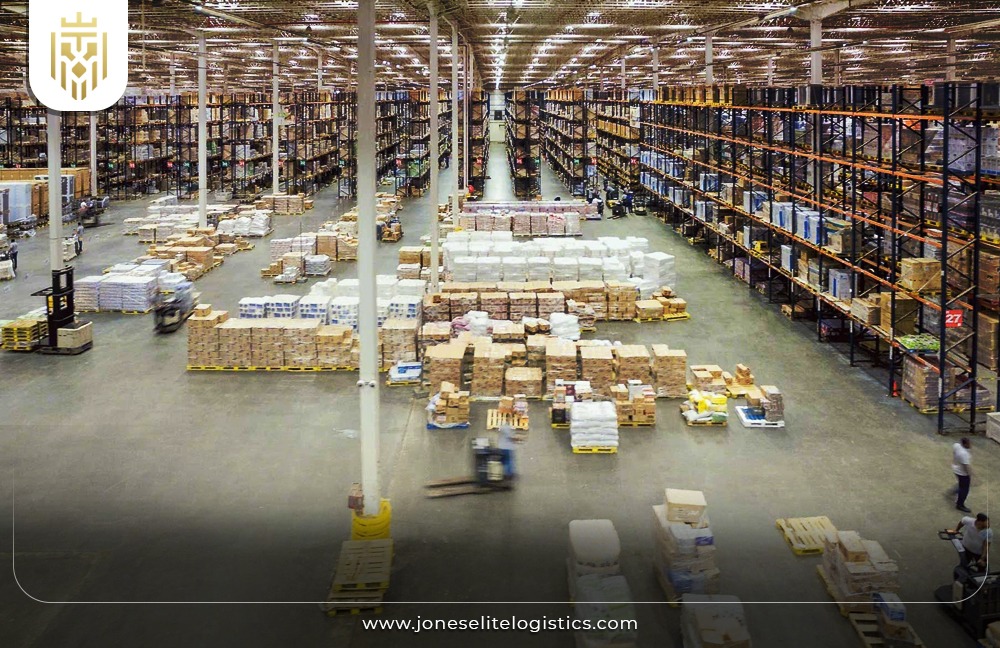
Consolidated Warehouse:
A consolidating warehouse is an additional idea in which lots of small shipments from many suppliers are combined into one or many large shipments that can be transported more efficiently. This approach has the benefits of cutting down on the cost of transport while increasing efficacy on delivery. Advantageous for businesses with multiple facilities, an integrated facility allows for a batch delivery system that minimizes costs associated with freight, thus improving the operations of logistics.
Smart Warehouse:
A smart warehouse is one that incorporates relevant technology and automation in its work to achieve improved quality of service delivery. Some of these include the use of IoT devices, robotics, AI, and data analytics to achieve efficient supply chain, inventory, and order-picking solutions among others. Wise fulfillment centers address the modern needs of logistic services providing fully optimized operations.
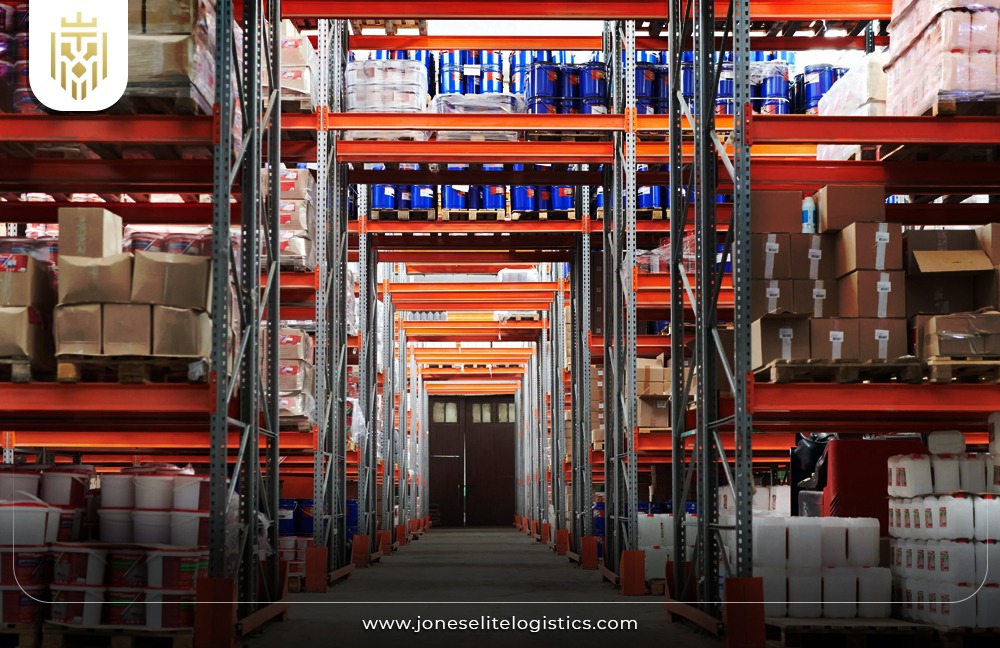
Things To Consider When Choosing a Warehouse:
Choosing the correct warehouse is important to ensure that the transportation and stocking of products are properly handled in a timely manner. These significant factors any organization needs to consider are the location of the premises, size and expansion options, security measures, accessibility, costs, and legal requirements. They help satisfy the business needs in the wedge, and supply chain and also meet the legal requirements of the warehouse.
Location:
The location of a warehouse poses a challenge in the delivery and overall organization of the distribution agenda. Selecting a location near the suppliers, customers and the major transportation policies is costly in terms of transportation expenses but the products get to the market faster. Correlatively, access to raw materials needs to be taken into account in relation to the local infrastructure and transport organization, as well as to the distances to seaports, motorways, and railroads.
Size and Capacity:
Evaluating the size of a warehouse helps determine what the company needs in terms of storage space for the current and future inventory assets. Criticize or rate the technical capacity of the warehouse and the height in addition to the geometric shape of the place in regard to the type of storage to be conducted. Future expansion and storage facilities in relation to the change in the storage density throughout the year should also be taken into consideration.
Security:
Security of the warehouse is very important so as to avoid loss of stocks through theft, damage, and any other unlawful incidences. The facilities should be secure, especially with the use of surveillance cameras, alarms, access control, and security guards. A secure warehouse has the effect of protecting perishable commodities to keep them away from the wrong hands.

Accessibility:
Logistics require easy access to the available means or agents to ensure the flow of goods in the right manner. The location of the warehouse should be close to the main traffic networks such as roadways and should have proper off-loading and loading space. Assess the accessibility and capacity of a site for the coming and going of the trucks, the presence and applicability of docks and ramps, and the presence of handling equipment.
Cost:
One major criterion that is considered when selecting a warehouse is the cost. These include the rental or purchase cost, utility bills, insurance premiums, and other putative services provided. Make more compromises here, grounding it in cost and the value they can bring into the operations of the warehouse as per the budget constraints.
Regulatory Compliances:
Make sure that the warehouse was designed and constructed in compliance with all mundane requirements regarding health and safety, environment, and zoning. This ensures that the warehouse is operated legally, safely, and within the limits of the law to avoid any legal consequences of lawsuits.
How businesses choose the right warehouse:
A business finds the appropriate warehouse by considering certain factors like the location, size of the warehouse, whether it has adequate security measures, and finally the cost factor. When selecting warehouses they consider location in relation to suppliers and consumers, the size of the storage space available, the security of the area, ease of access, and good bug compliance regulations. By conducting a meticulous analysis of the available warehouses, the suitable warehouse enhances the operations and the growth of the company is met.

Warehouse Transformation:
The process of warehouse transformation is about implementing various upgrades that facilitate the use of better technologies, lines of work, and approaches. Components include automation, massive data application, enhancements in the supply chain, artificial intelligence, digitization, and radio frequency identification technology. These innovations change the traditional management of the warehouses for the better by saving more on costs.
Automation in Warehousing:
Automation in warehousing includes the utilization of technologies like robotic systems, automated storage and retrieval systems (AS/RS), and conveyor systems. By automating these tasks, workers and labor become much cheaper and provide more effectiveness and effectiveness for warehouse management.
Big Data and Predictive Analysis:
Business intelligence with respect to warehousing includes the accumulation and evaluation of big data that lead to the determination of demand and subsequent analysis for better decision-making on the stock. These technologies make it possible to predict trends, both in the utilization of storage space and in the operation of warehousing systems with the aim of minimizing wastage in the process.

Logistical and Tracking Advancement:
Logistics and tracking improvement features include; Global positioning system tracking, real-time inventory control, and other aspects of shipping. It has also been noted that these technologies offer increased visibility and accuracy in the delivery of the supply chain, as well as the conventional operations of logistics. Schedule and real-time delivery of raw and finished products enable efficient delivery systems.
AI and Digitalization:
The process of AI and digitalization impacts warehouses by automating decision-making and making logistics more effective at collecting and managing data. AIML used in the work resort to the analysis of patterns and, therefore, the prediction of demand, as well as the management of the inventory. Information technologies for communication are cost-effective and enhance the integrity of results as they enhance the quality of processes needed to manage warehouses.
RFID Warehouse:
RFID warehouse is a type of warehouse that utilizes Radio Frequency Identification technology for an internal storage inventory. RFID chips on the products hence enhance the collection’s real-time tracking and subsequent optimization of the inventory records. Some of the advantages that are associated with RFID technology include minimizing the efforts, strengthening security, and improving the methods that pertain to warehousing.
Final Thoughts!
Picking the appropriate warehouse and adopting innovative technology in the process of logistics and storing merchandise is fundamental to managing the challenge. Some of the factors that should be taken into consideration include location, available capacity, security features, cost, and whether it meets the legal requirements. Embracing technologies such as automation, big data, and AI leads to changing the nature and functioning of warehouses to increase the effectiveness of the supply chain.
FAQs
1) What is the most common type of warehouse?
There are several classifications for warehousing companies but the most traditional one is the public warehouse. It provides warehousing and storage to many companies for short terms or for an unlimited time depending on their needs, and this keeps the costs low without having to purchase large amounts of fixed assets.
2) Why warehouses are essential?
The role of warehouses in the supply chain includes providing storage and protection of products, controlling their stock, minimizing lead time, and acting as a shock absorber during disruptions in the processes. They assist organizations in ensuring their products are available and accessible, cutting on the costs of transporting the products and ensuring that their customers obtain them as early as possible.
3) Which is the right type of warehouse?
The appropriate type of warehouse depends on the precise firm’s needs, the capacities concerning storage, cost, and the general business challenges affecting movements. There are several factors that have to be evaluated so that the most appropriate warehouse is selected, these considerations being location, capacity, security, and regulatory requirements.
4) What are the classifications of warehouses?
There are also categories of a warehouse including public warehouse, private warehouse, bonded warehouse, Refrigerated and frozen warehouse, hazardous warehouse, contract warehouse, duty paid warehouse, cross docking warehouse, consolidation center, and smart warehouse. All of them are used for different storage, regulatory, and logistical requirements purposes.




